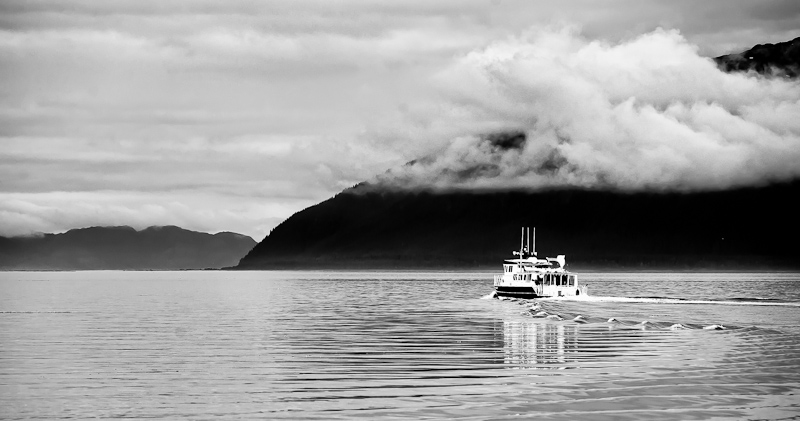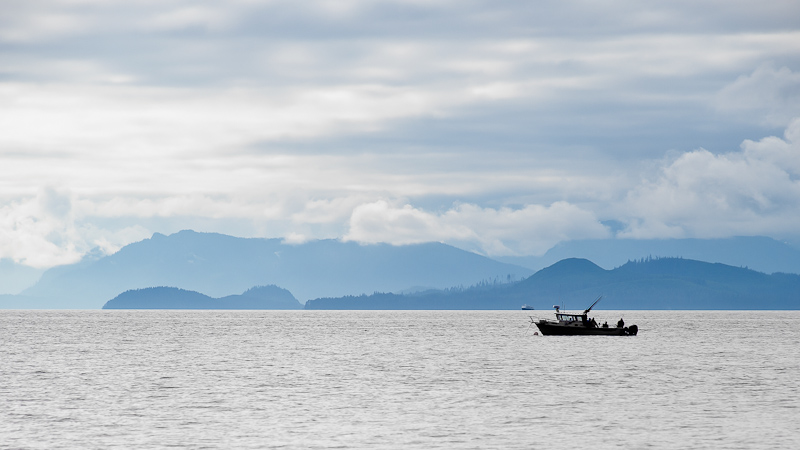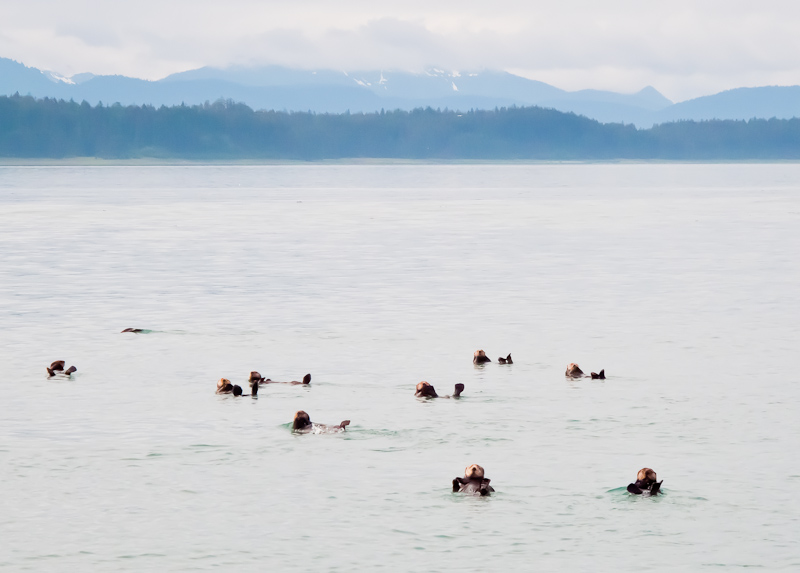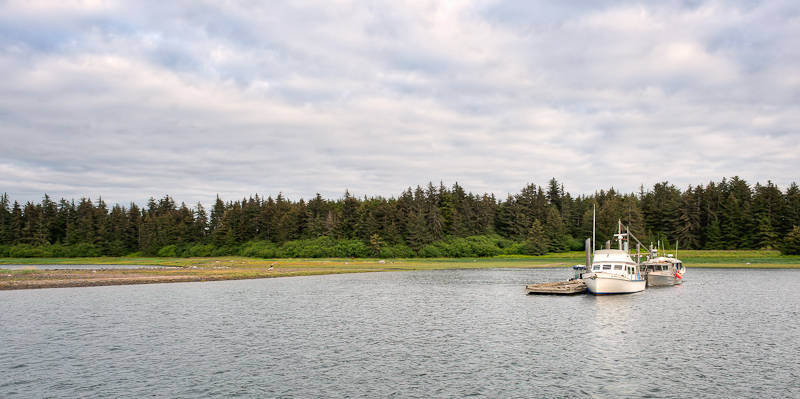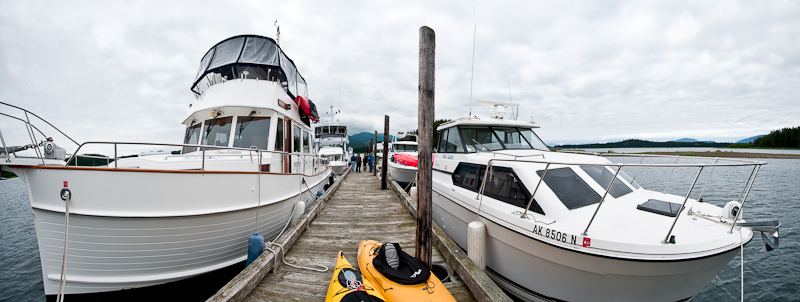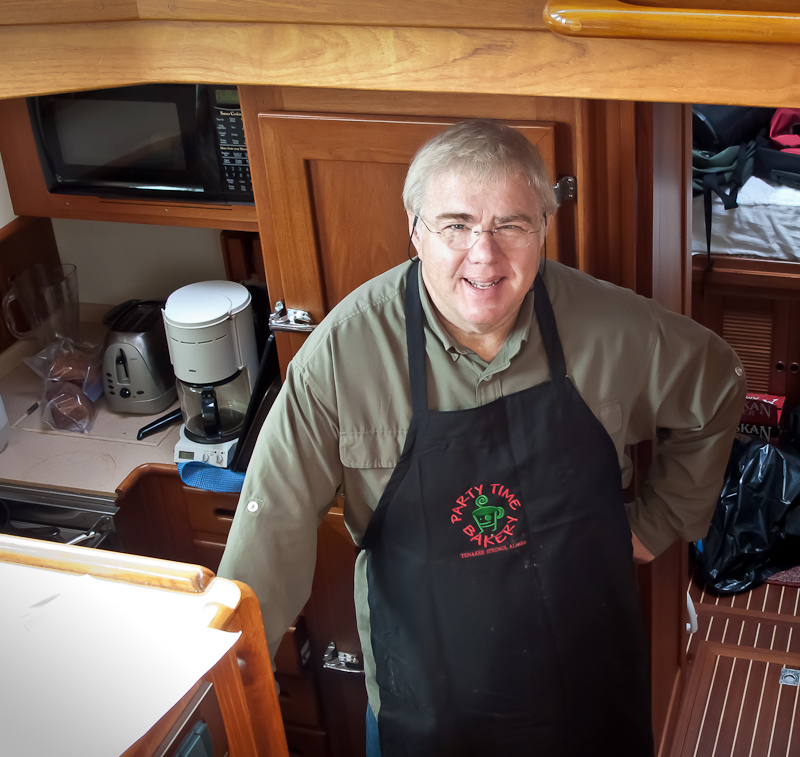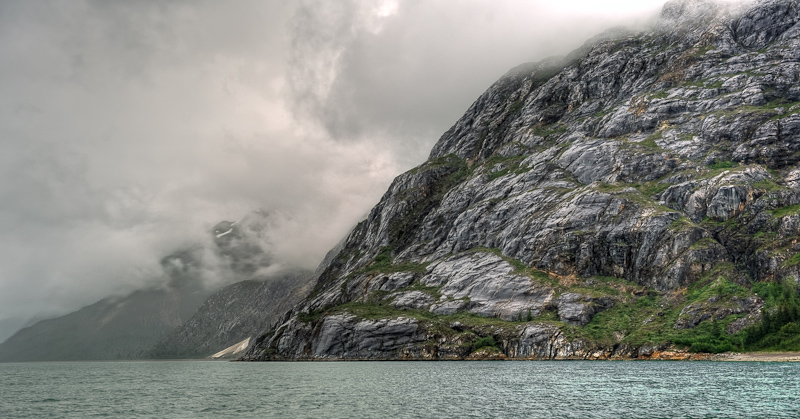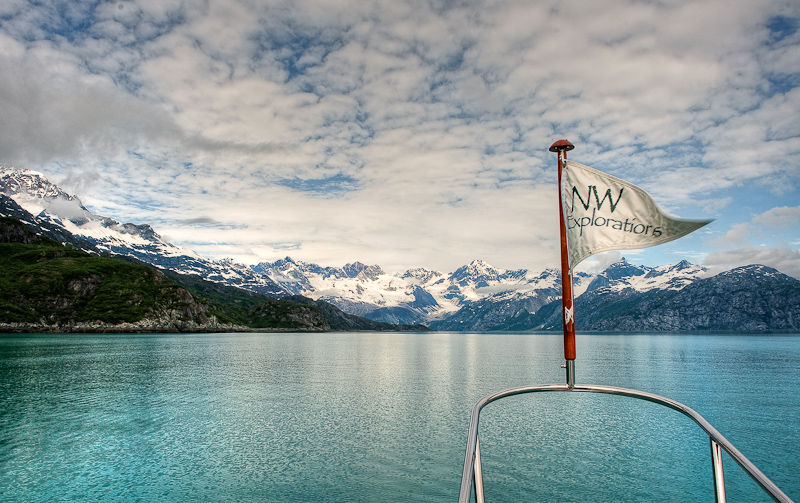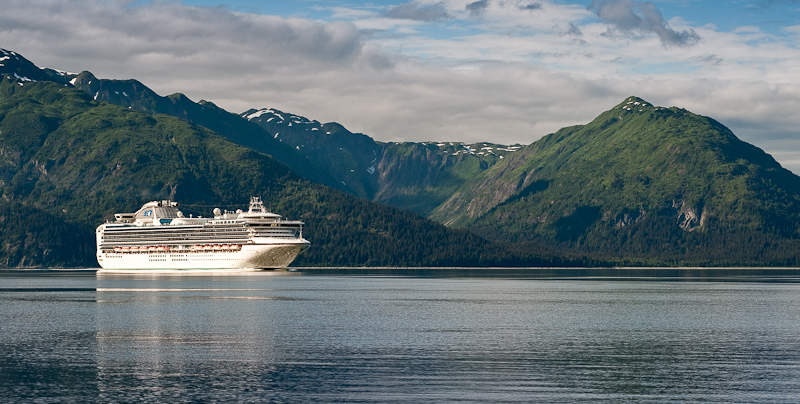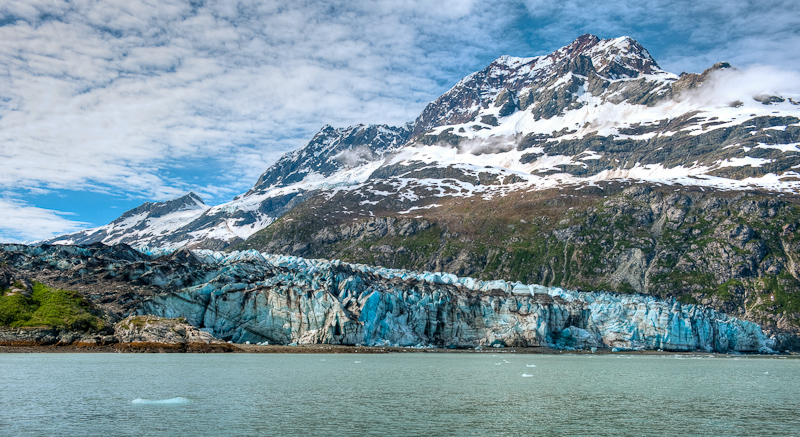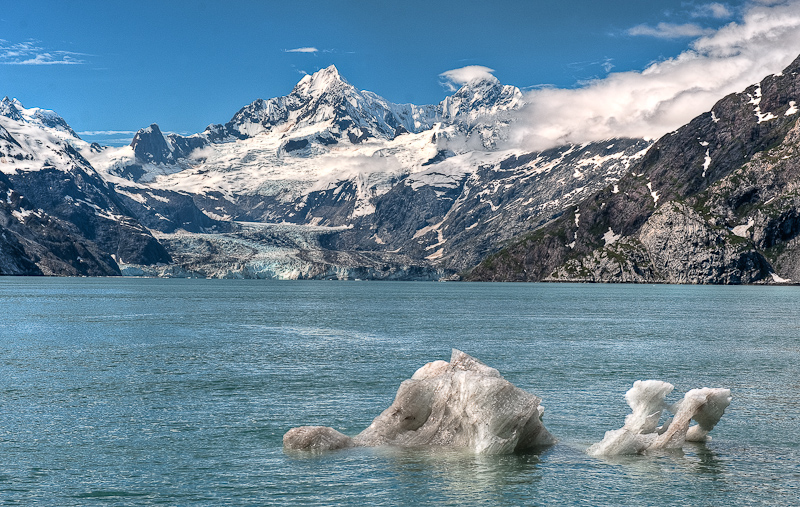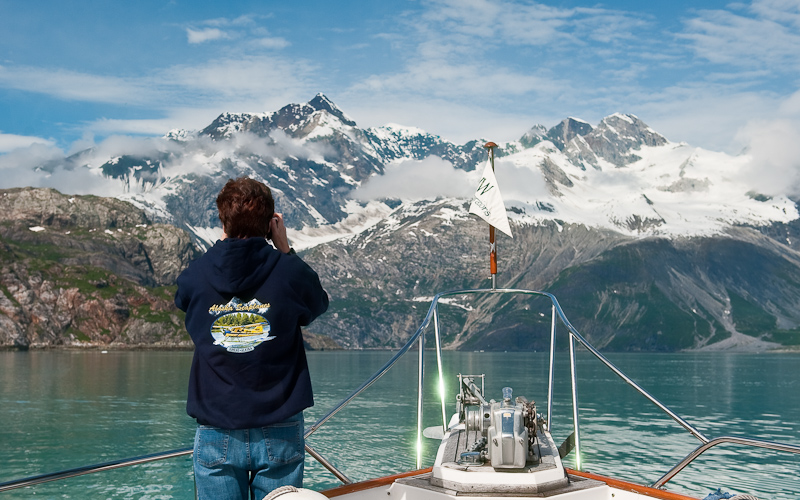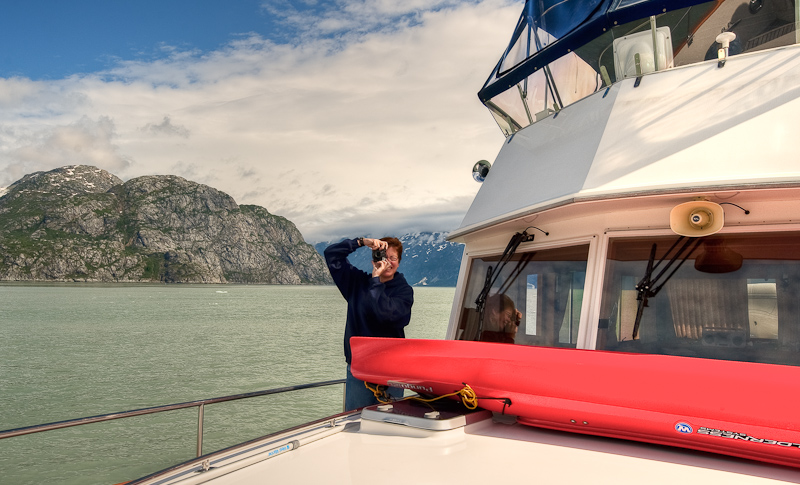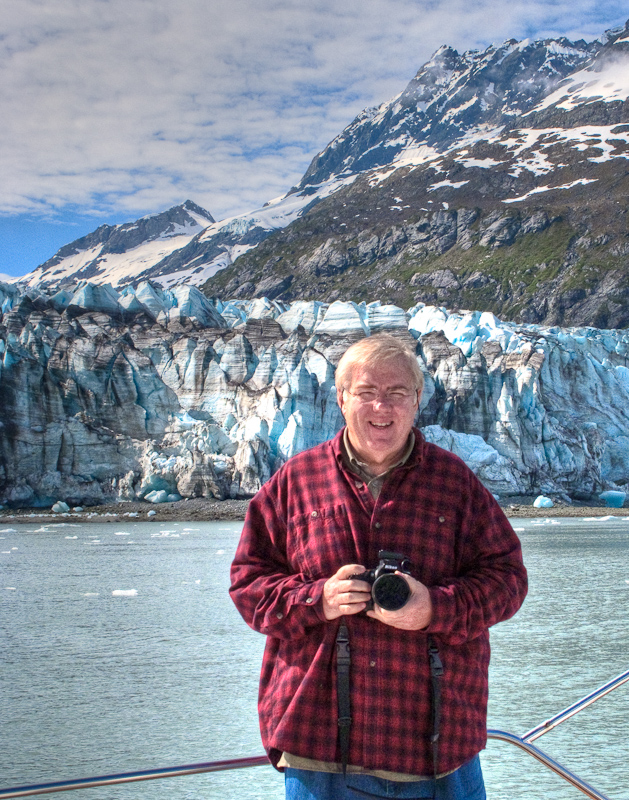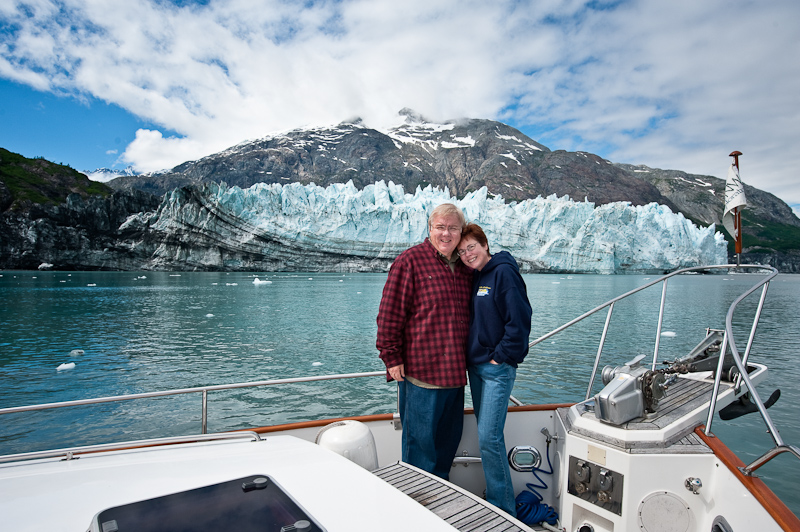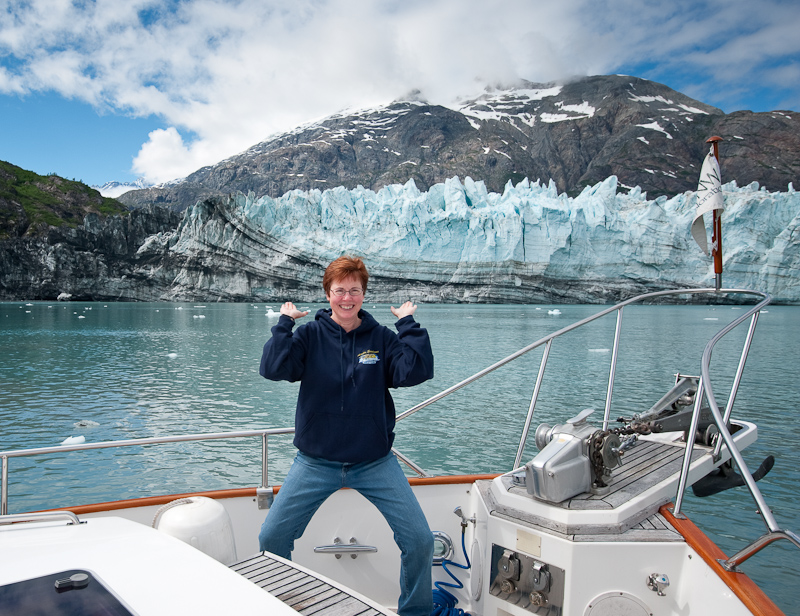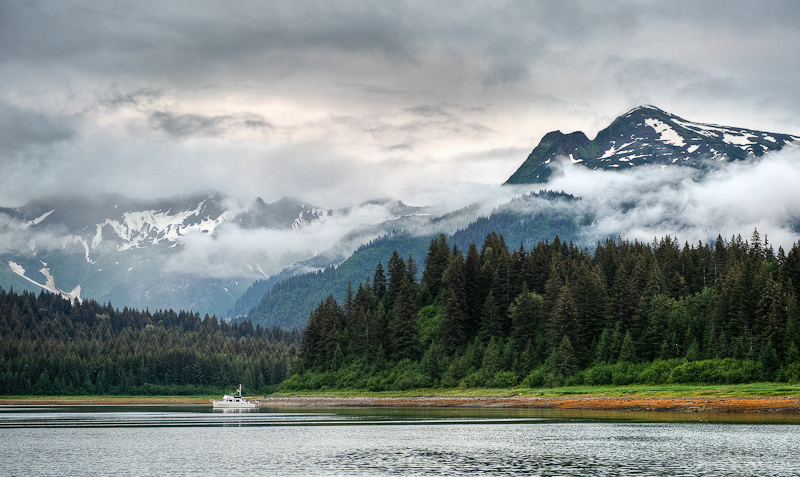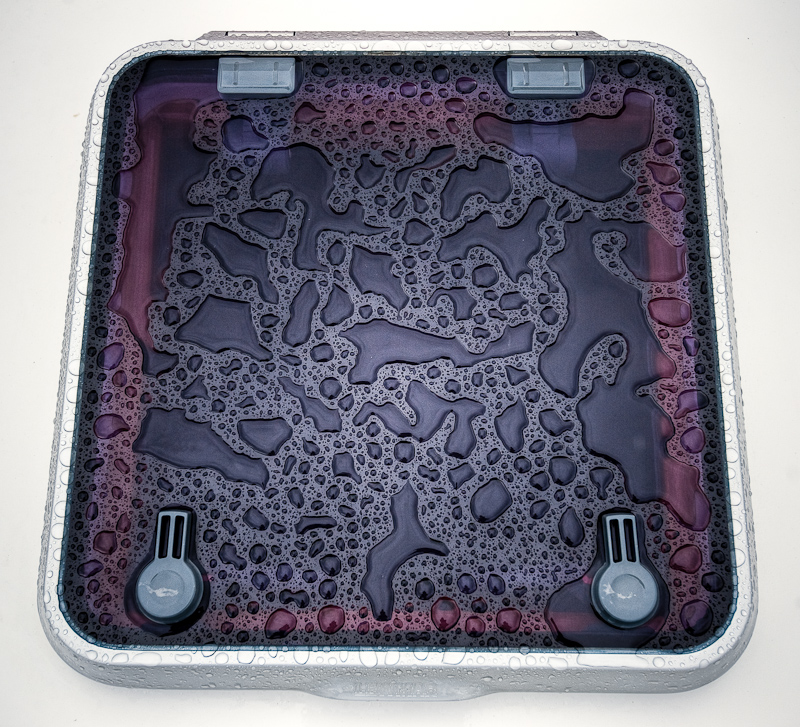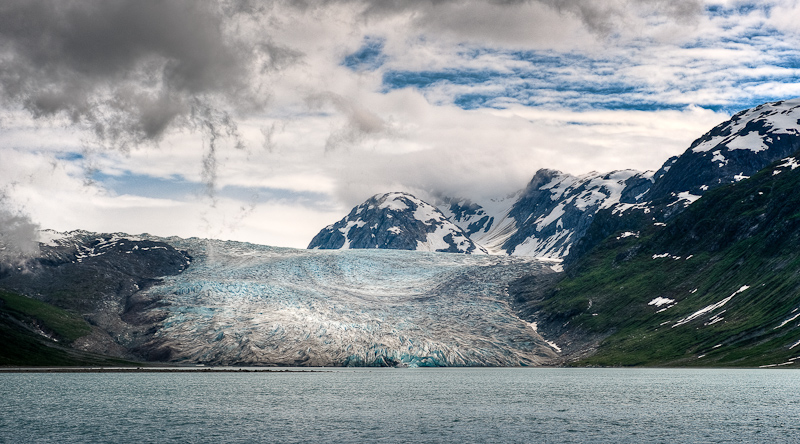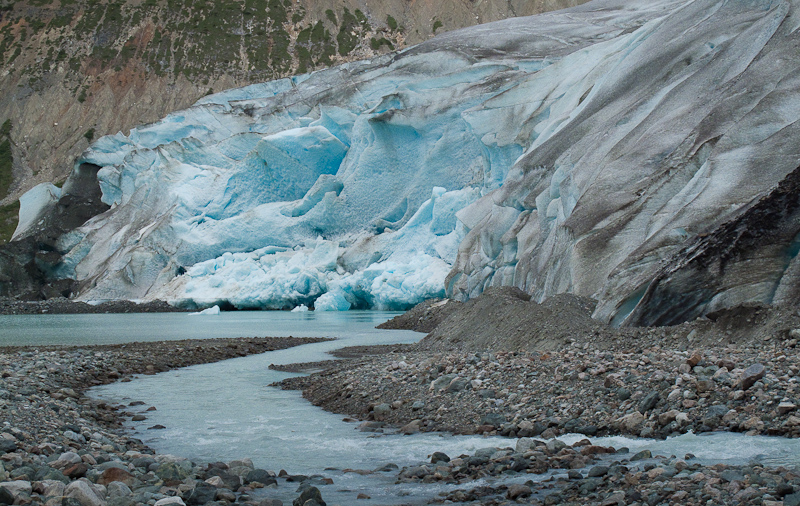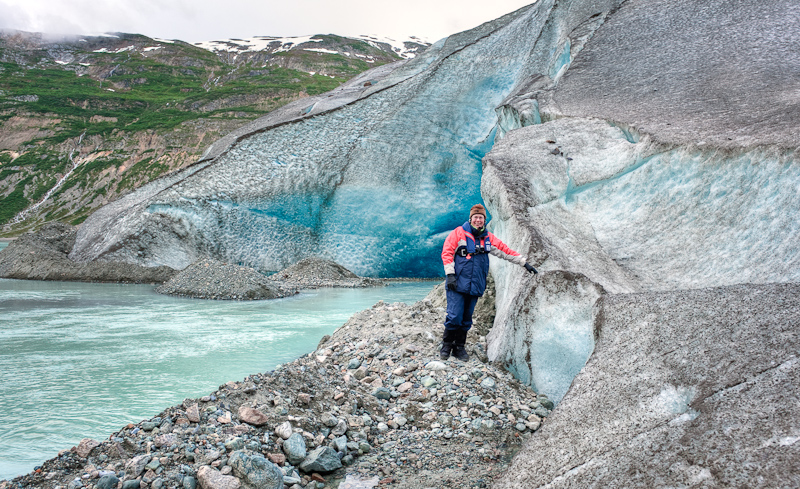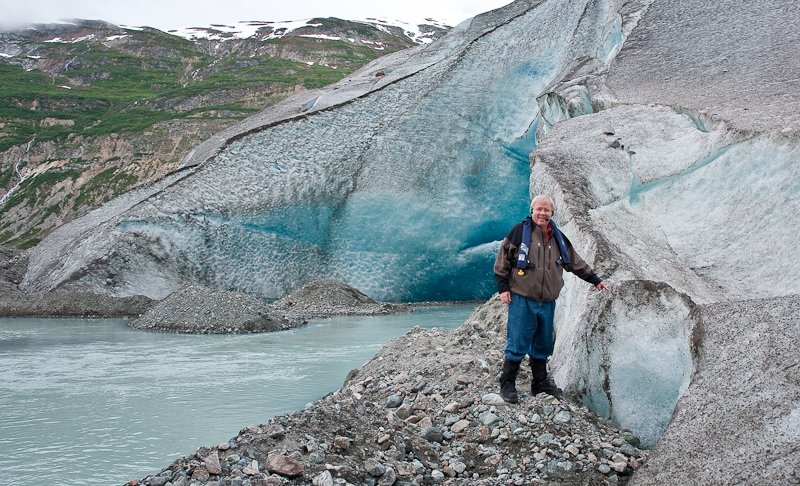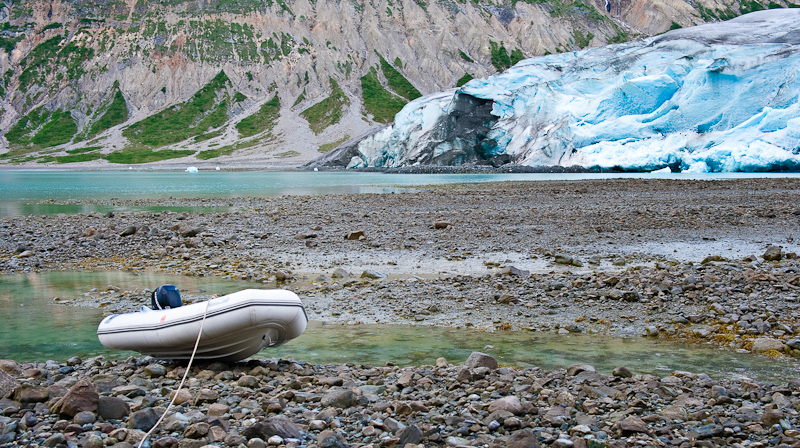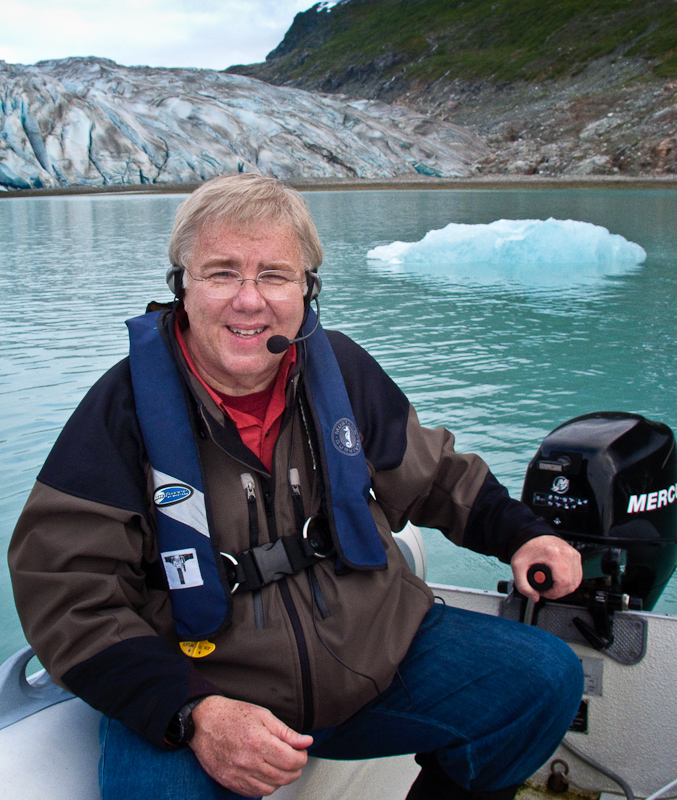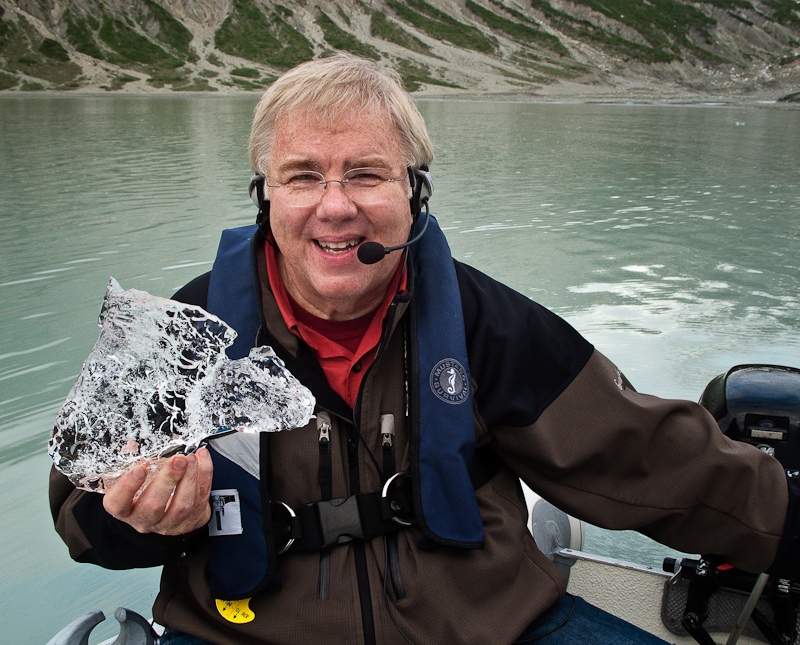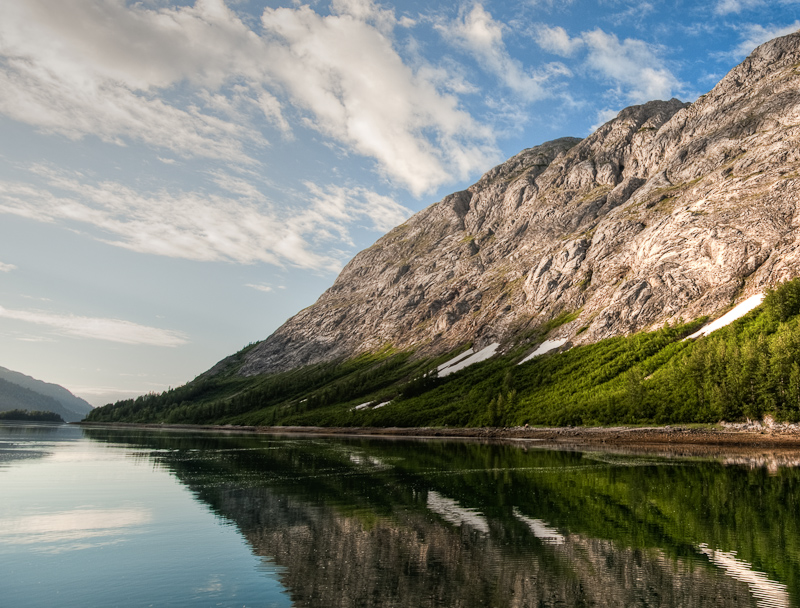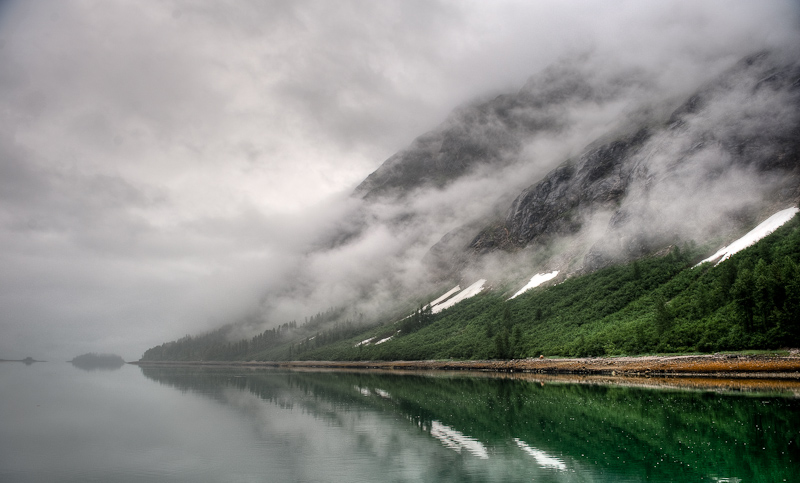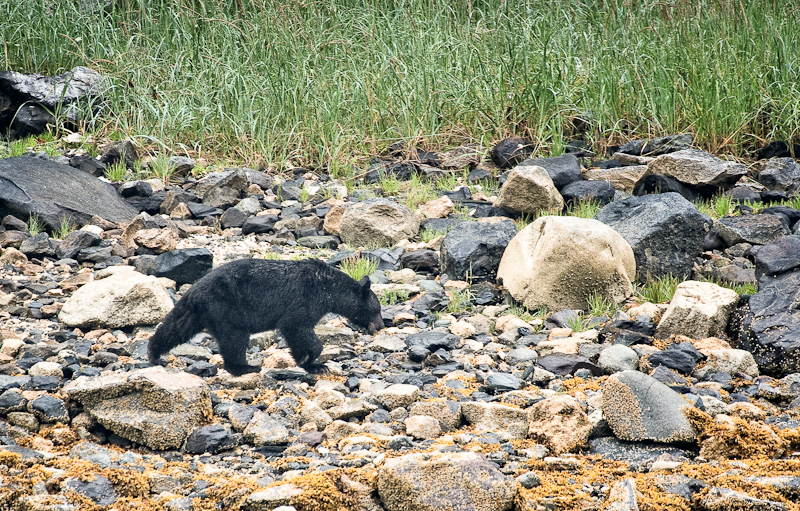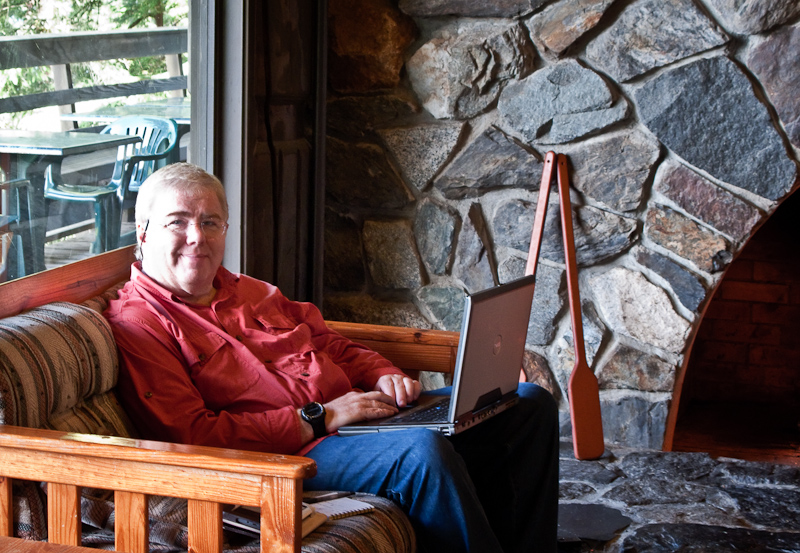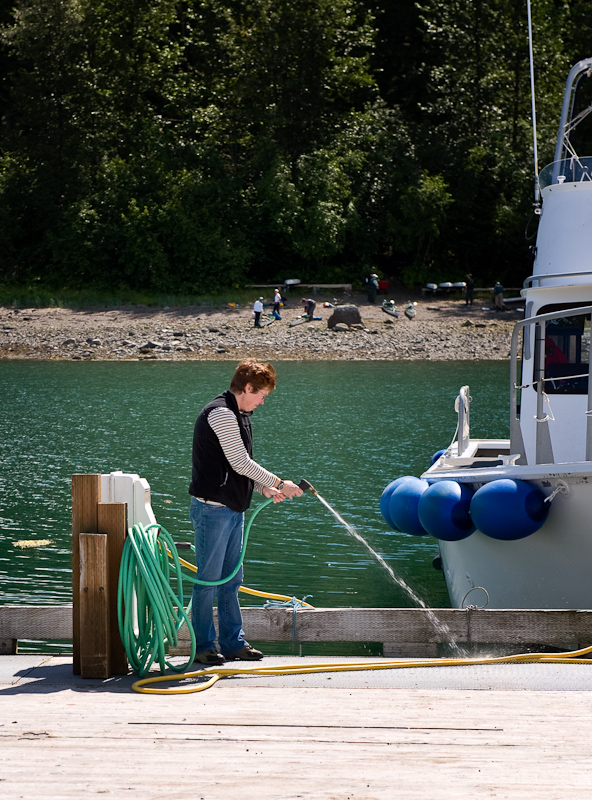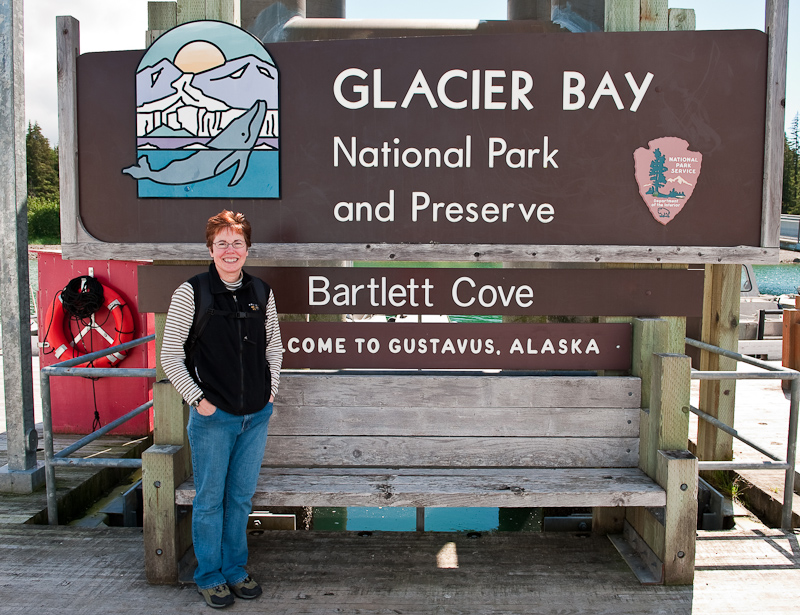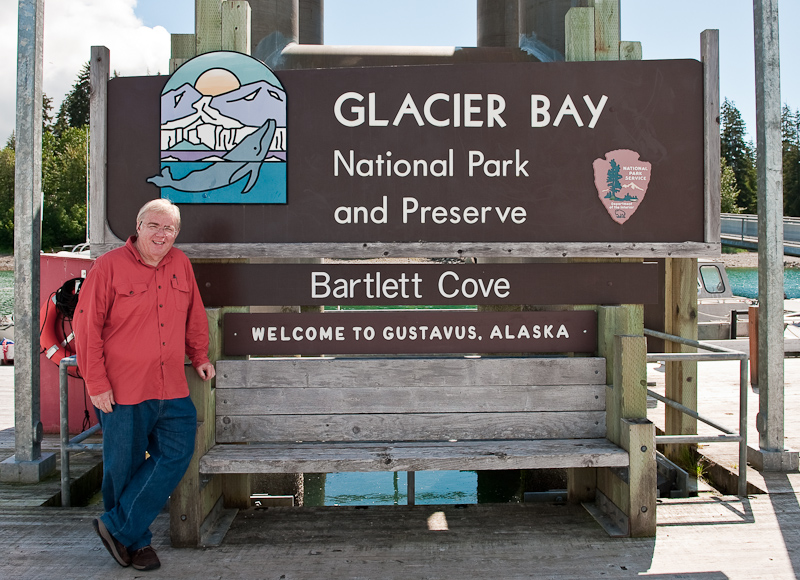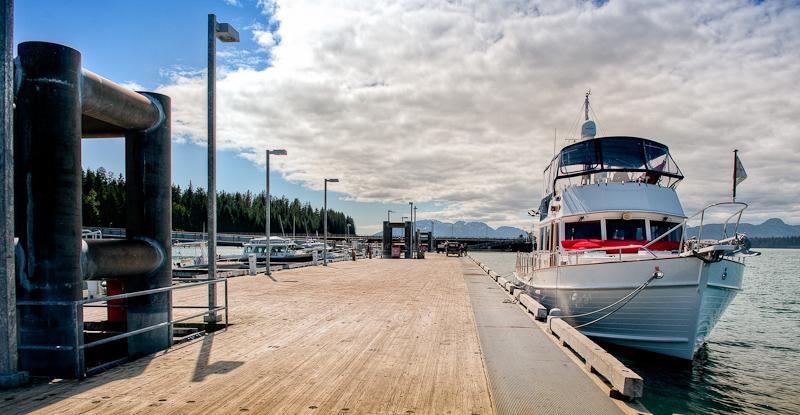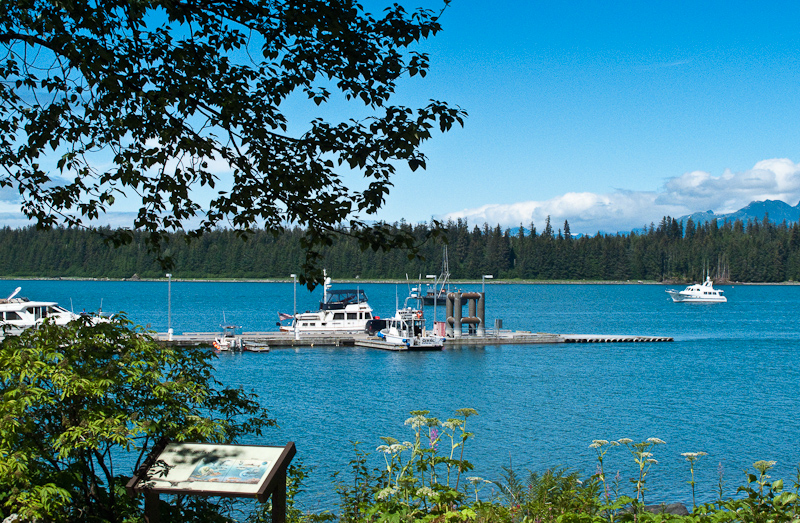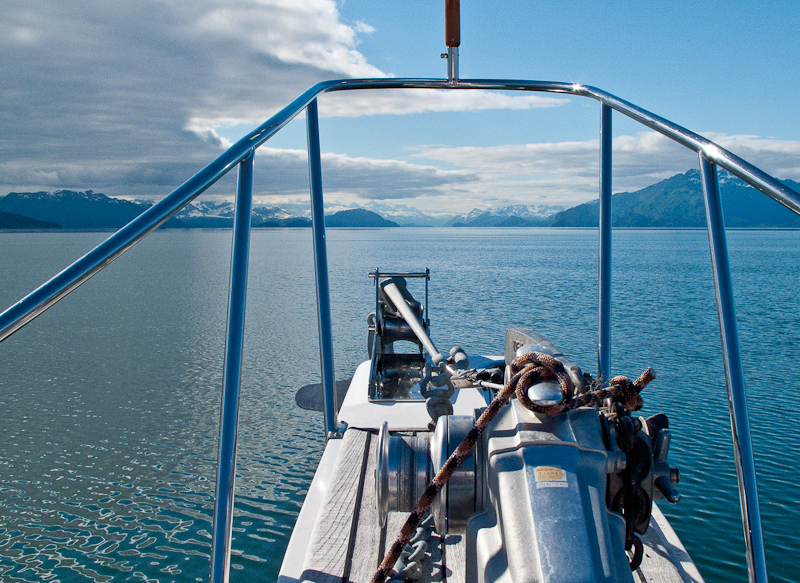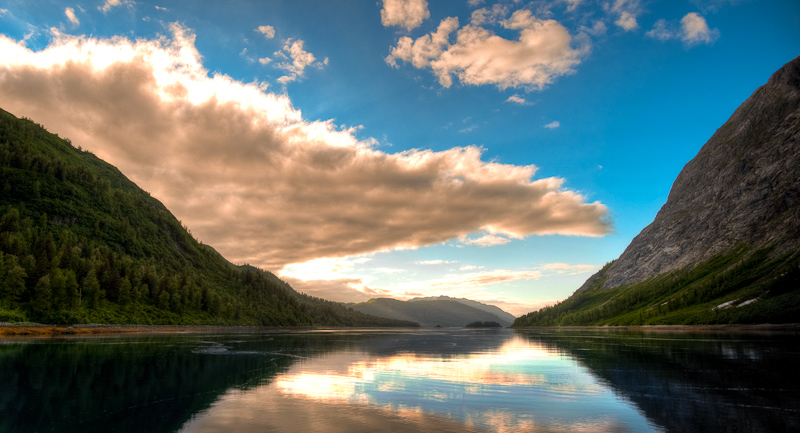Bartlett Cove to Swanson Harbor
/We enjoyed a good night at anchor in Bartlett Cove. We rose to a pretty morning, bid farewell to Glacier Bay, and started the forty mile journey over to Swanson Harbor.

Saying goodbye to Barlett Cove. Left to right: The Lodge, the docks and the fuel dock.
We follow one of our fellow cruisers out of Glacier Bay
It is Friday, and as Swanson is a favorite spot for the local Juneau-ites, we wanted to get there early so we could find a place on one of the public floats. We ticked off the miles without much activity. We looked for whales, but except for a few spouts, there was not much exuberant activity to see. There was the occasional halibut fisherman, jigging on a pillar that rose to about 150 feet in the channel that averages over 600 feet.
Halibut fisherman punctuate Icy Strait
To our surprise, we did pass a raft of otters. As with most of their brethren, they gave us a look, but continued on with their lives without a care.
Pretty darn cute. But they just need to stop eating all the crabs.
When we arrived at Swanson, there were only two boats on one of the floats and the other float was empty. I set course for the uninhabited float and tucked Arctic Star at the end, with the bow set for an easy departure tomorrow. The floats at Swanson Harbor are humble but functional.
The tide was low and the water on the shore-side of the float looked very thin indeed. We have been assured by others who have done so, that there is plenty of water for a Grand Banks our size (draft 4.5 feet) to dock on the shore-side, but I happily chose the deeper side. The disadvantage of this side is that as the wind comes up from the west, you’re sitting abeam the fetch and you do get rocked a bit. Swanson Harbor is divided from the other rocky bay on Couverden Island by a ledge that is hugely visible at low tide and home to an eagle that simply sat and watched us, barely moving for the longest time.
The "other" float in Swanson Harbor at high tide
As time passed, the “locals” began to make their way to Swanson Harbor. Eventually five almost identical 27 foot boats tied up on our float. Out came the portable chairs, barbecues, coolers, and kayaks. The dogs, the beer, the kids — all added to the commotion that descended upon the previously serene docks. Having said that, the people were friendly and we shared a common love of the water and Alaska. Plus, I made their day by giving them soy sauce and fresh garlic to marinate their salmon.
Somewhere between the arrival of the first three small boats and the last two, a 72 foot Delta yacht decided to make our float his destination. He was definitely out of place. The other large boats in the harbor set their anchor on in the west side of the harbor, in the lee of the land. The captains of the small boats grumbled out loud a lot, insinuating that the large Delta did not belong on this float. Eventually, as the last small boat arrived, the small boat owners moved the large Delta to the bitter end of the float by walking it forward, and all were accommodated.
Full float at Swanson Harbor
Our time was split between relaxing and packing. We’ve found that if we spread out the packing over a day or two, it’s a lot less stressful. Nothing signals that your vacation is coming to an end as much as packing and cleaning up the boat. What I never understand how it seems that there is less room when you’re packing to return home even though you’ve not bought anything during the trip.
We broke up the afternoon by enjoying Alaskan Amber Ale up on the flybridge and taking in our last night on the boat in Alaska.
Captain Chef Bob at the helm galley


